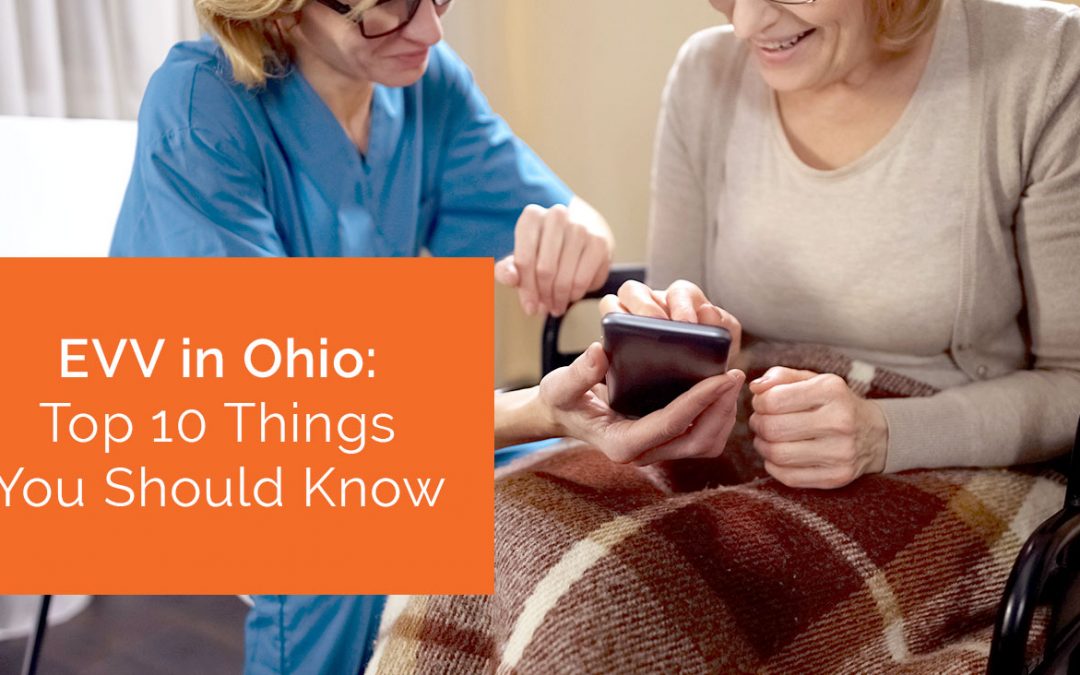When you think of emergency medical services (EMS), what do you think of? Most likely, you think of ambulances, and the paramedics and EMT’s who stabilize patients until they can get to the hospital for more advanced treatment.
Although those types of services remain the first priority of EMS teams around the country, there is a growing trend toward expanding the role of EMS in some communities, to provide non-urgent care and in-home medical services. While this concept of “community paramedicine” has really been gaining steam in rural and under-served communities, it’s even becoming a viable option in larger cities as well.
A Less Expensive, Effective Option
For many adults with chronic health conditions, the hospital is often the best option for health care when a doctor or home health provider is not available. In many cases, patients experience issues outside of their doctor’s normal office hours, or on days when they aren’t scheduled to have a visit from a home health provider. A spike in blood sugar, for instance, or changes to blood pressure, can be worrisome to patients, and they need to see a health care provider right away. The best option for many is a call to 911, which leads to a visit to the emergency room, possibly a hospital admission, and ultimately, major costs. In fact, in many states and cities, if a patient calls 911, the law requires that he or she is transported to the hospital, even if the ailment turns out to be nothing more than a case of indigestion.
Massachusetts, one state with such a law on the books, is making strides toward changing that though, with a pilot program known as mobile integrated health. Qualifying patients (typically, individuals who are low income and have multiple chronic conditions) are enrolled in the program through their providers’ offices, and given a dedicated number to call should they require care at a time when they cannot reach their doctor. In most cases, a paramedic will arrive within an hour, and conduct an initial evaluation of the patient before relaying that information to the patient’s doctor to determine a course of treatment, which might mean conducting additional tests, administering medication, or starting an IV. Essentially, the paramedic provides a home health visit — only during off hours.
There are some cases in which the paramedics determine that further care is necessary, and depending on the program, they will either transport the patient to the hospital themselves or call for an ambulance. However, according to research conducted by one Massachusetts agency, 275 patients received this type of service in the first half of 2017 — and 84 percent of them did not need hospitalization. The savings? Anywhere from $800 to $3,600 per patient, based on the costs of the services they received at home.
These numbers align with existing research on the value of home health care, and ability to reduce hospital readmissions and reduce overall patient care costs. The question becomes, how will home health agencies and EMS providers align to ensure a continuum of care for patients?
Improving Partnerships and Communication
As more communities look to EMS to provide non-emergency services with an eye toward reducing hospitalizations, it’s useful for home health agencies to consider how they can align with their local emergency services; after all, they share a goal. Providers enrolling patients in these mobile integrated health programs need to also alert HHAs working with patients, to ensure that the lines of communication remain open and that patients receive the care they need, when they need it.
One issue that needs to be addressed is documentation. When EMS provides services to a patient who is receiving home health services, that care needs to be recorded in the patient’s files. Home health providers can collect some information from patients and their caregivers (and with advanced home health software, the secure communication portal allows caregivers to share messages electronically) but HHAs need more specific details, especially when they lead to a change in treatment plans.
Integrated mobile health presents a better opportunity for home health providers to remain “in the loop” on their patients’ care. Typically, patients and their caregivers are instructed to call their home health providers if they have any issues, but often, they call 911 instead. When they are enrolled in an integrated program, the EMS responders will have the information they need to contact the home health providers while en route, giving them updates and the opportunity to respond as well. The patient’s home health provider can make a follow up visit in a matter of hours, rather than days, reducing the likelihood of rehospitalization.
The concept of care coordination has become a priority for many healthcare providers, and bringing EMS providers into the fold is just one way that is happening. Not only does increased EMS involvement reduce health care costs and rehospitalizations, it also ensures that patients receive excellent care.
Learn more about health software solutions from Complia Health that can help manage communication and keep your home health services running efficiently.




